How has Modern Furniture Evolved?
Modern furniture design is often characterised by a focus on simplicity, functionality, and an overall minimalistic approach to details and forms. However, “modern design” as a term consists of multiple movements and influences, spanning over decades of design evolution.
Historically, furniture was consistently extravagant with intricate details, dark woods, and luxurious patterns. Despite each era having a distinct style – whether it be the Renaissance, Rococo, or the Victorian period – their designs remained full of lavish characteristics. Apparent throughout the 18th century, furniture was prioritised as an ornament before functionality and was often a signifier of wealth and class.
The emergence of modern design was a huge departure from all its predecessors and ultimately created an entire new world of design that continues to evolve today.
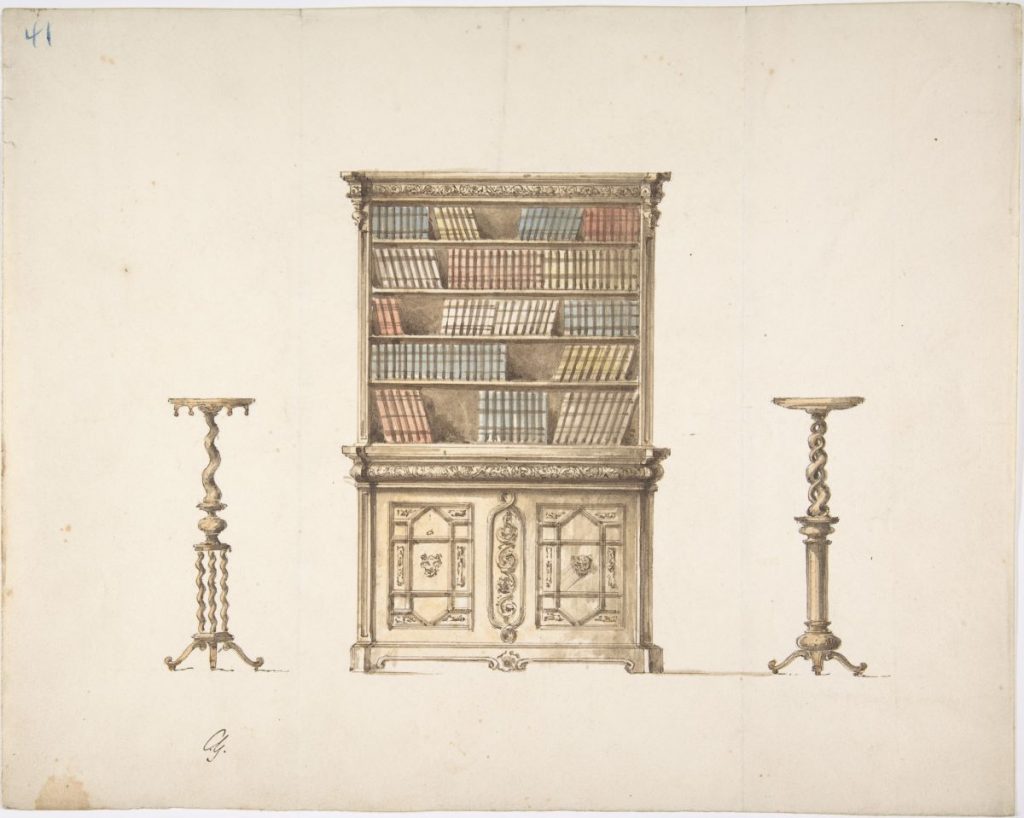
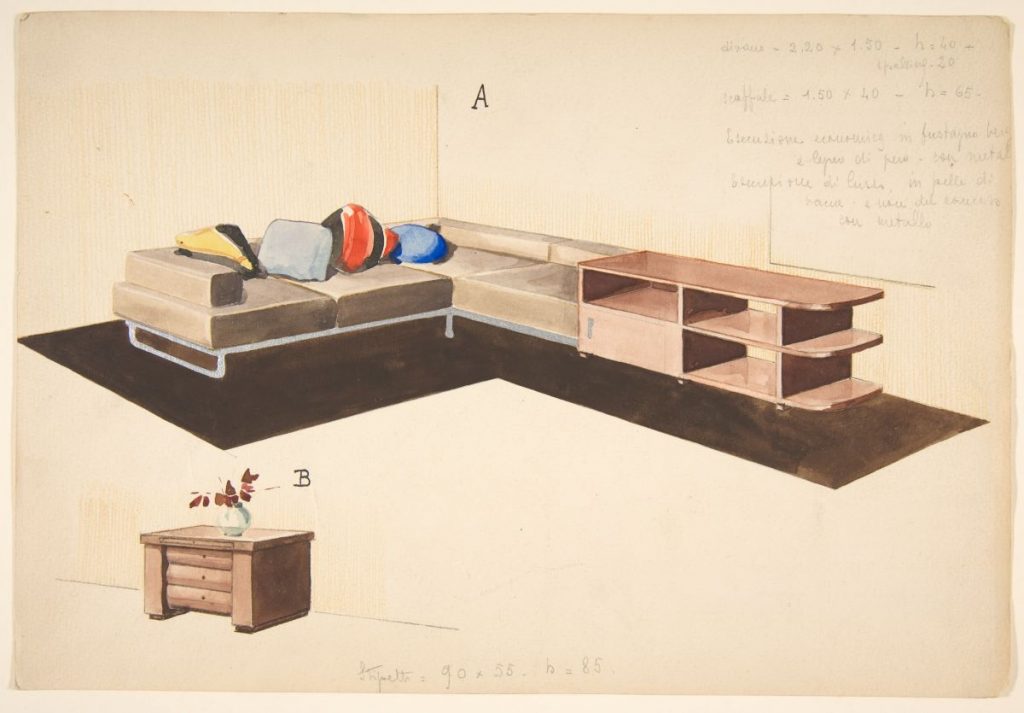
The Late 19th Century
The Arts & Crafts movement came about in opposition to the industrial revolution. It is perhaps here where we see design take the first notable step towards modern furniture.
The Arts & Crafts movement was led by a strong philosophy that advocated to retain the traditional way of hand-making furniture, criticising both the decline of furniture quality and the social conditions within the large mass-producing factories that were emerging at the time.
In response, artists and designers came together to encourage a new era of design. One that focused on high-quality materials, small-scale workshops, and visually beautiful pieces of furniture. Many took inspiration from the British countryside and while designs were bringing in a new simplicity, they often incorporated minimal motifs representative of the rural and naturalistic surroundings.
The idea of keeping designs simplistic with little fuss meant that the natural appearance of the timbers and the quality of the traditional hand-making were showcased, playing a significant part in the character of Arts & Crafts furniture.
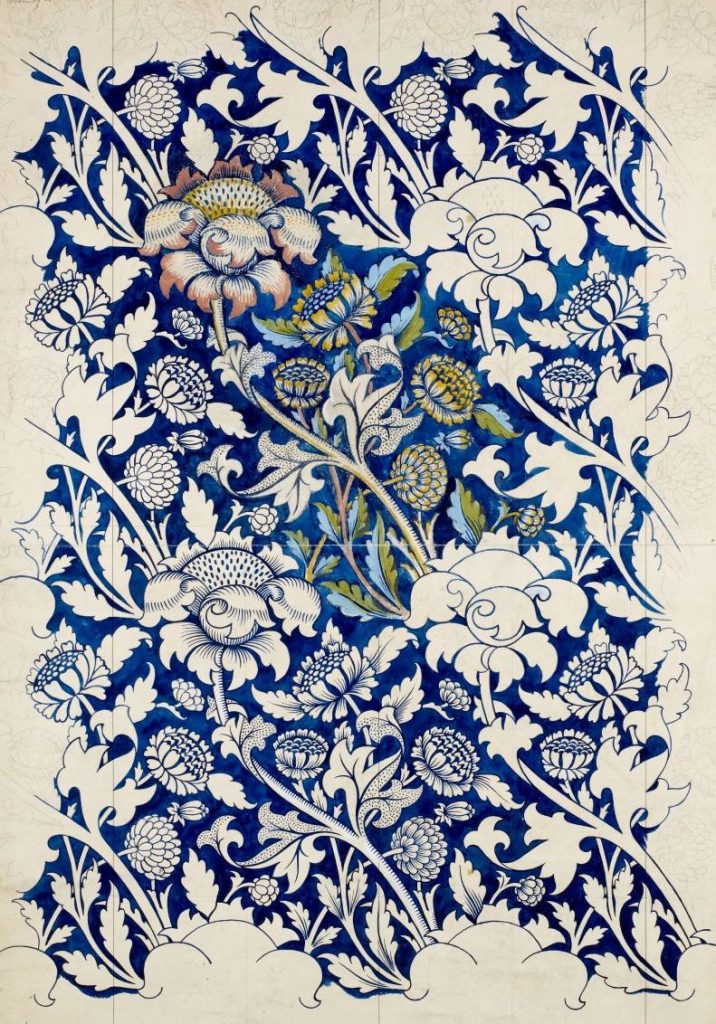
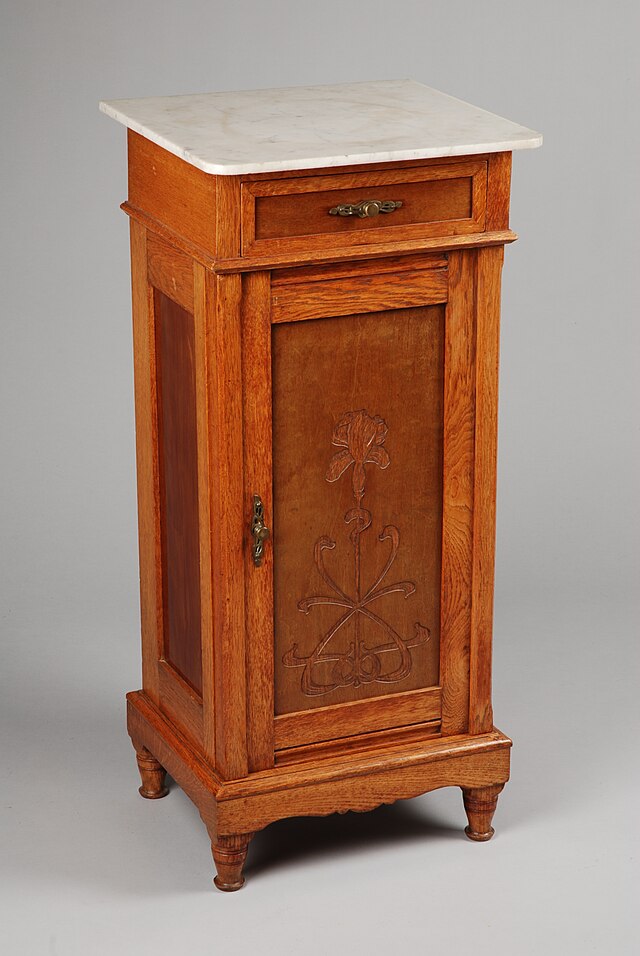
Beyond this, design began to move into two different directions. One being the botanical delicacy of Art Nouveau, and the other being the continuation of more contemporary and modern ideas.
Unlike the majority of the modernist movement, Art Nouveau developed into a highly decorative design style. And while Art Nouveau had a fairly short-lived period, its asymmetry, fluid natural forms, curved lines, and extravagant details particularly surged through the architectural scene of Belgium.
The Influence of Japan
During this time, trade with Japan had increased and with the circulation of their art, furniture, and designs, many people found themselves inspired by their concepts. Japanese design was often minimalistic in its forms and emphasised the harmony between nature and humans.
Despite the simplistic lines and geometric shapes, Japanese design maintained a sense of elegance and beauty that particularly inspired the modernists. As we look into the evolving patterns throughout the journey of modernism, it is clear that Japanese design had a lasting impact.
The botanical silhouettes and floral elements in Art Nouveau, the geometric glamour in Art Deco, and even the fusion of spaces with nature in Mid-Century Modern could all be attributed to Japanese influences.
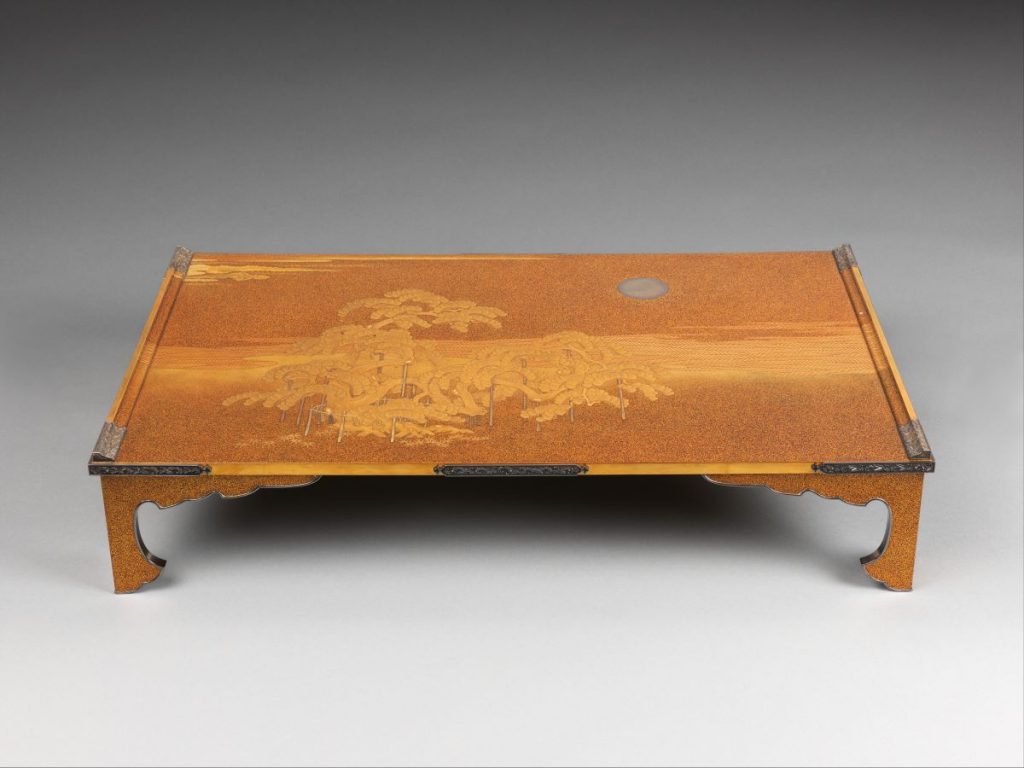
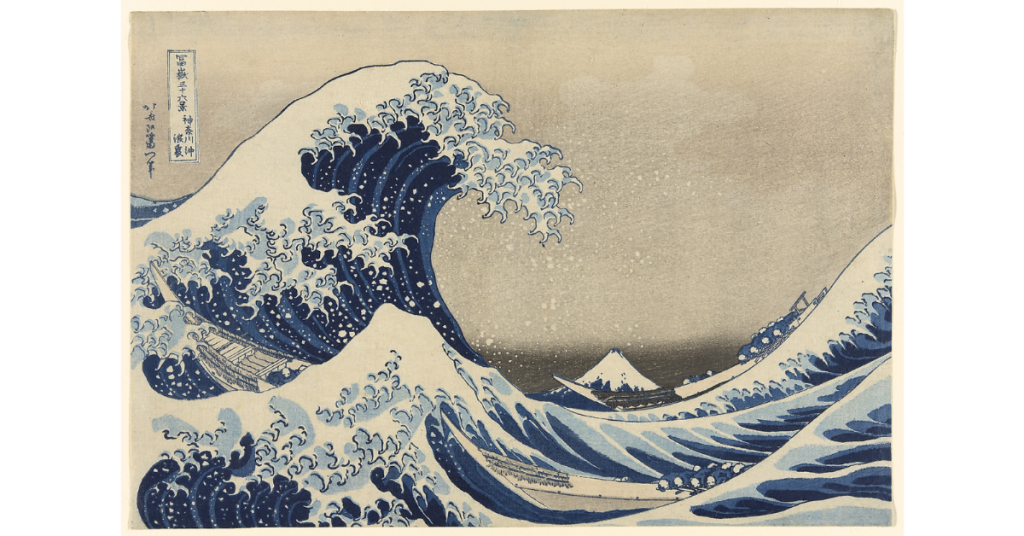
Charles Rennie Mackintosh
Charles Rennie Mackintosh was also inspired by this new wave of Japanese design and fusing it with his Scottish upbringing, he created a very distinct and signature style. Though parts of his work certainly resembled that of Art Nouveau, once they were blended with his iconic rectilinear designs he was able to form something entirely unique. Mackintosh was a large influence in paving the way for the modernist movement and continues to inspire design today. His furniture often consisted of simple and linear shapes that were complemented by the occasional floral motif.

Mackintosh also often worked in partnership with his wife, Margaret Macdonald. Together they continued to create new and innovative designs, representative of this unique fusion of styles. Macdonald was an artist herself and she collaborated by designing beautiful floral panels used as decorative features within the furniture.
The most famous and iconic piece of Mackintosh’s works was certainly the high-backed Hill House Chair. Designed in 1902 this chair was made in solid ebonized wood and consisted of vertical lines running the full length of the chair topped with a geometric grid. This timeless design undoubtedly resembles Japanese simplicity merged with Charles’ unique artistic approach. The Hill House chair was widely considered ahead of its time for its beautiful balance between detail and modernism.
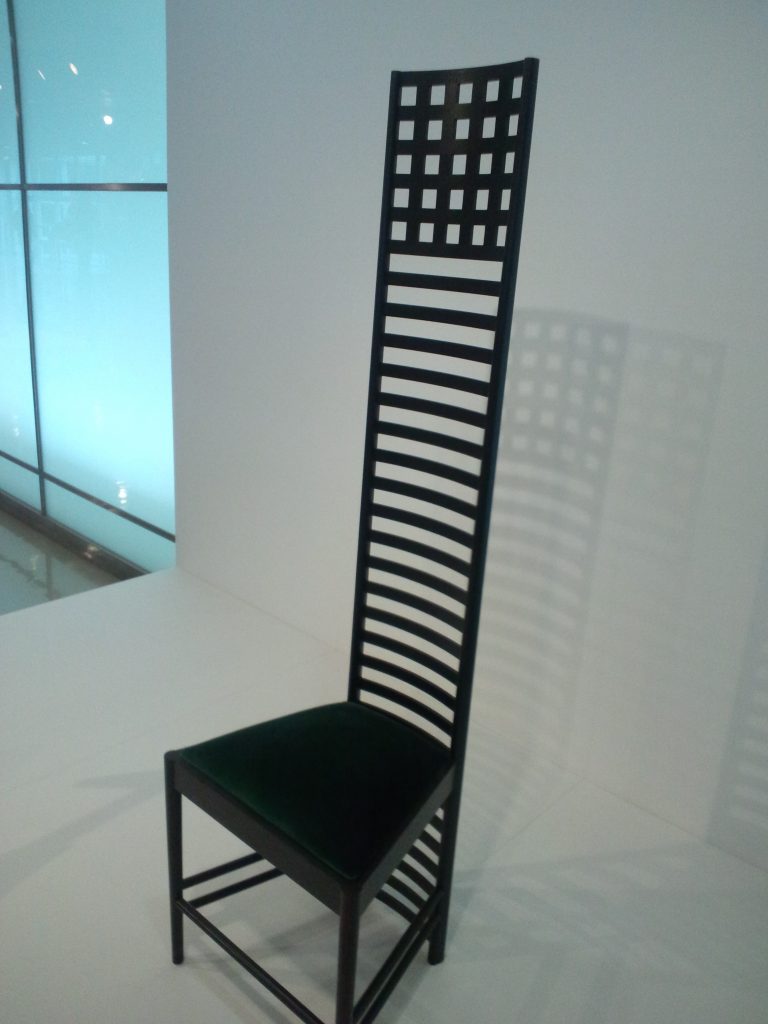
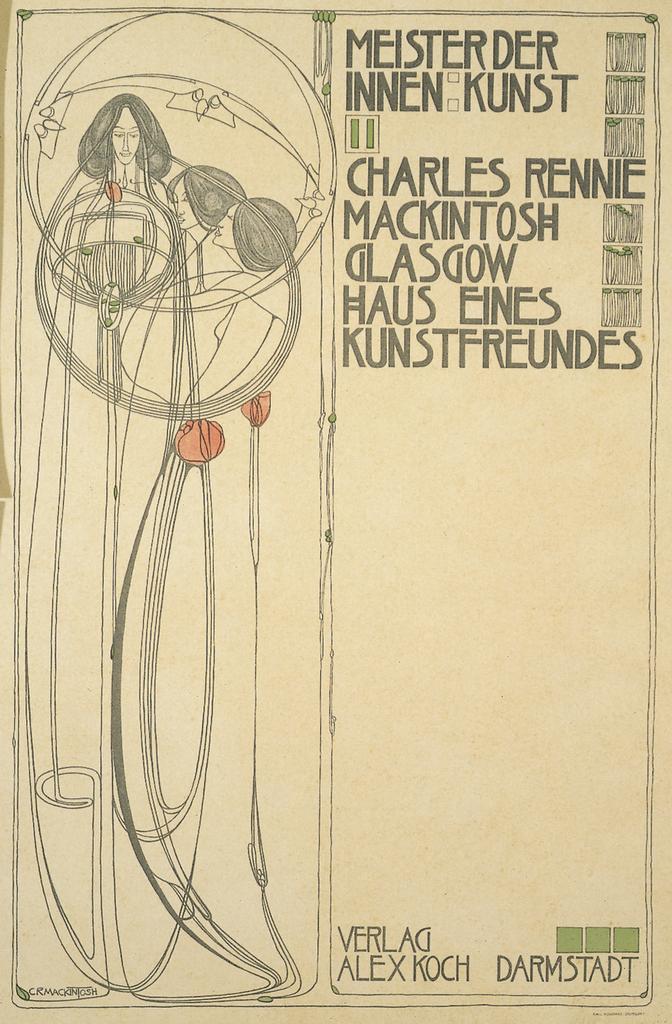
The Bauhaus Movement
Bauhaus is often noted as the epicentre of modernist design. Founded in Germany 1919, Bauhaus was a school that bought together artists, architects, and designers. Their aim was to combine all aspects of the art world together, from architecture and furniture to performance and fashion.
Through this connection, a distinct era of modern furniture design emerged. With its main focus being on the functionality of a product, design was aesthetically characterised by the unity of simple, clean lines, and primary colours. Embracing the elimination of excessive details and challenging conventionality, the Bauhaus movement paved the way for innovative and functional designs that stand as recognisable symbols for this new era of modernity.

Marcel Breuer
Many famous artists emerged from the Bauhaus movement including, Wassily Kandinsky, Mies Van Der Rohe, and Marcel Breuer. Perhaps most well-known for his signature piece – Model B3 (the Wassily Chair)- Marcel Breuer was head of the cabinet making workshop at Bauhaus. Designed in 1925, the chair consists of symmetrical planes of fabric stretching across steel rods – creating an almost floating illusion.
With the rise of new technology Breuer used this to push the limits of furniture design and he himself described the Model B3 chair as one of his most extreme works. Even almost a century later, it remains to be one of the most influential and identifiable pieces that came from the Bauhaus movement.
These new simplistic yet innovative designs were gaining popularity and at the same time that Bauhaus arose into fame, the era of Art Deco had began to emerge from Paris.
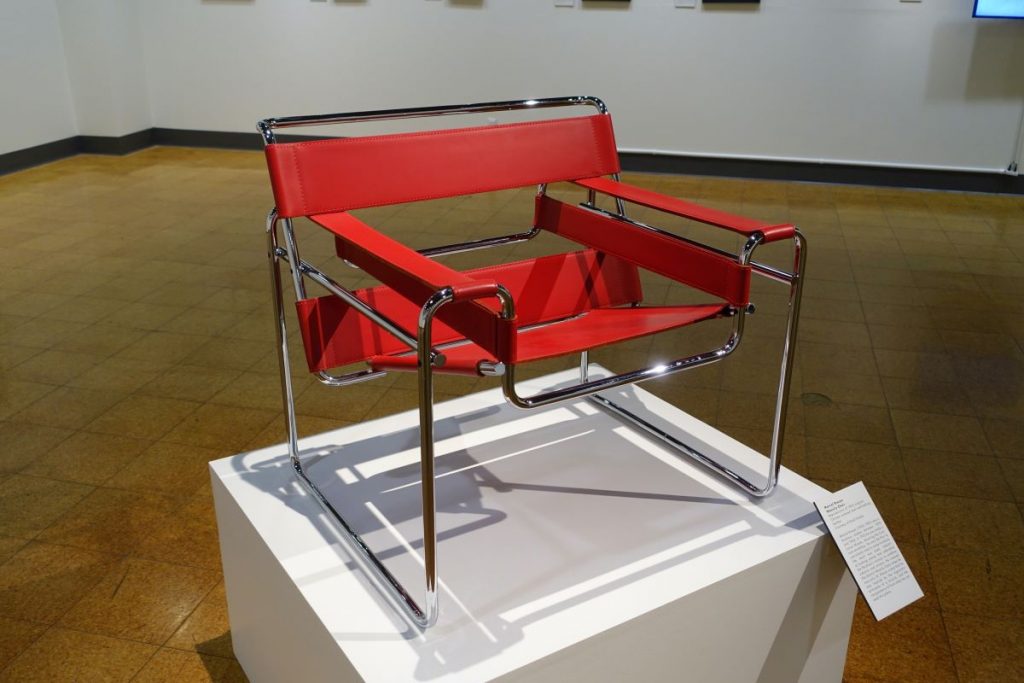
The Rise of Art Deco
Instantly recognisable, Art Deco is characterised by its clean shapes, luxurious metallics, geometric symmetry, sleek finishes, and mirrored details.
Largely influenced by technology progression, Ancient Egypt, and Cubism, furniture was of high-quality and made from extravagant materials. Rich in colour and expensive to buy, ebony, walnut, and Mahogony were popular timber choices throughout the era. Inlays were made using ivory, mother of pearl, or brass and were often incorporated as a way to create stunning contrasts and sharp geometric detailing.
Influencing everything from fashion and illustration, to furniture and architecture, Art Deco was the epitome of sophisticated glamour.
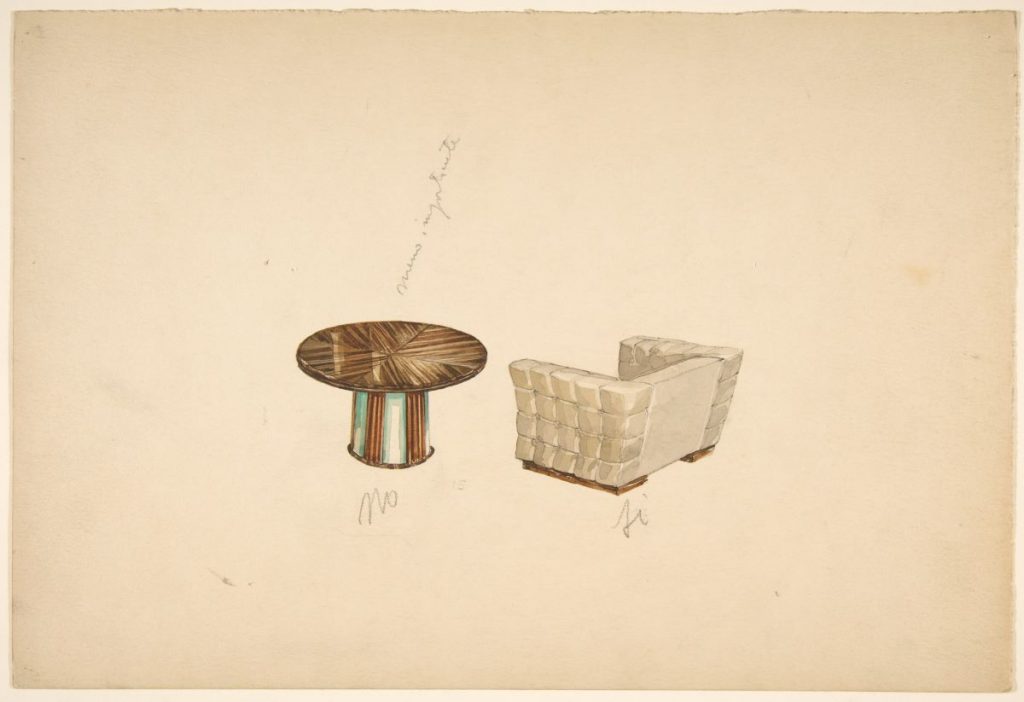
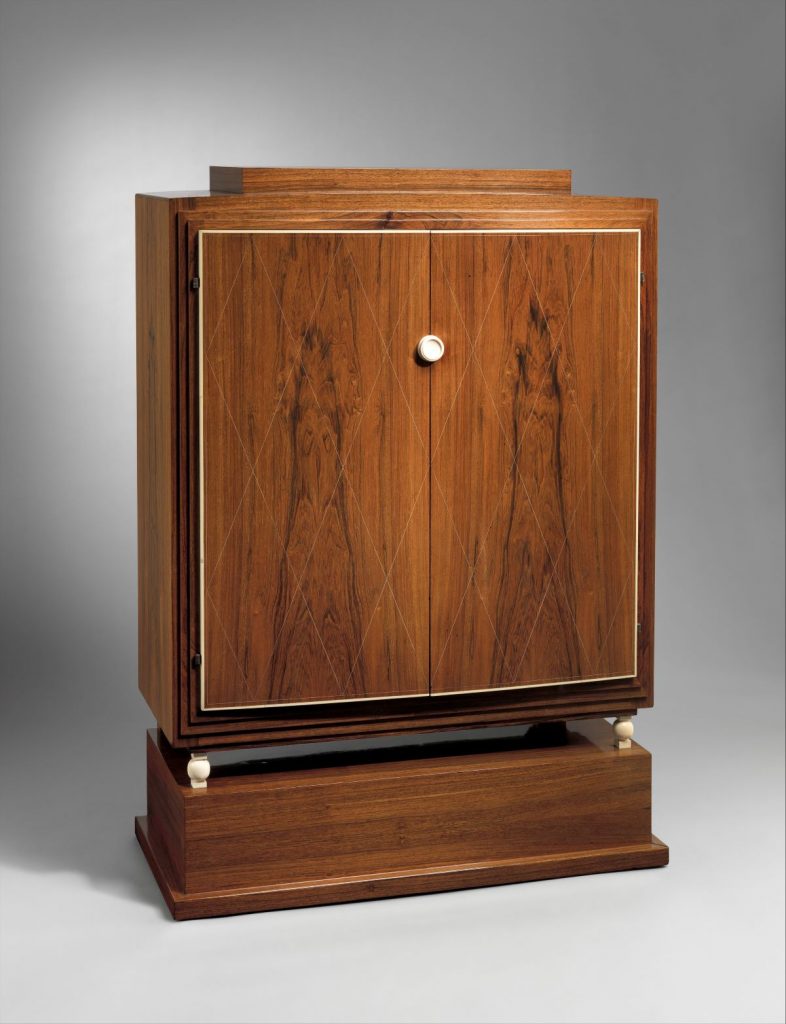
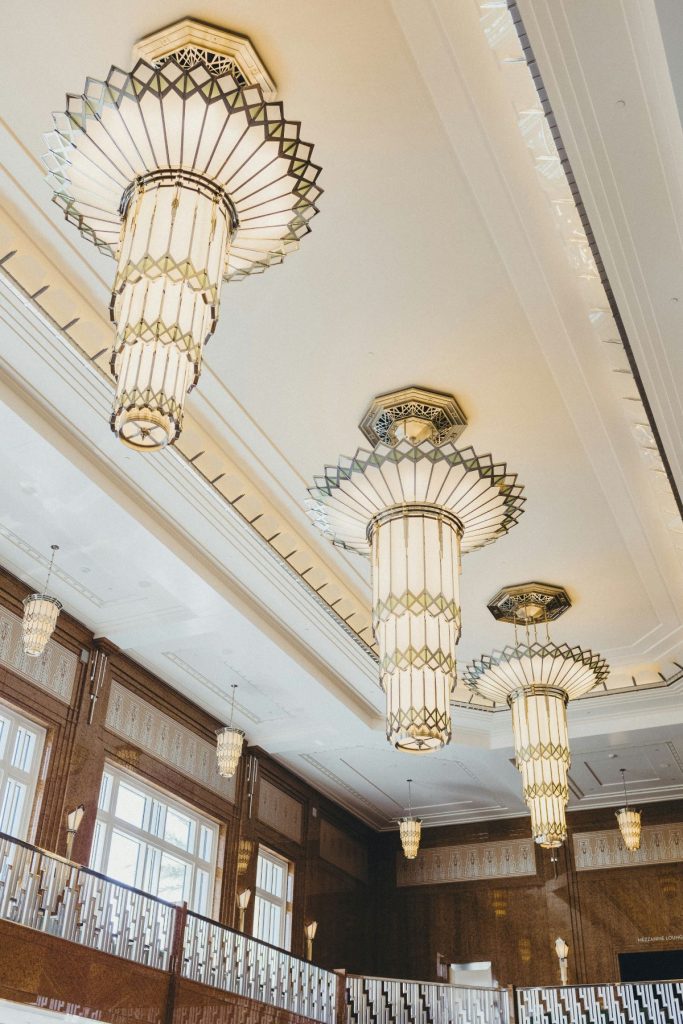
The Influence of Art Deco Throughout Britain
Art Deco played a distinct part in both Londons progressing commercial scene and the aesthetic of Britains seaside towns. Particularly in the big cities, the entertainment industry was quickly growing in popularity and accessibility. Cinemas, theatres, leisure centres, and hotels, were vastly being designed in the glamourous style of Art Deco. It was able to bring in an elevated sense of sophistication and mirrored the advancement of technology at the time. In architecture Art Deco is sometimes also referred to as “Streamline Moderne”.
Similarly, the coasts of Britain were becoming increasingly popular holiday destinations. As they revitalised their resorts, they absorbed the elegant Art Deco style into both their architecture and interiors. With their roof terraces, open glass windows, and pavillions, Art Deco allowed the perfect blend between glamourous design and the natural beauty of the seaside.
Following the horrors of the first World War, the 1920s became about dreaming towards a new future and envisioning a better world. The luxury, opulence, and modernity that art deco had bought into everyday life meant that people were able to momentarily step into their own vision of the future, escaping into the richness of its design. It had created a glimpse of hope and perhaps peoples need for a fresh start is why Art Deco gained such popularity throughout Britain.
Some notable Art Deco architecture includes the Hoover Building in London and the Chrysler building in New York.
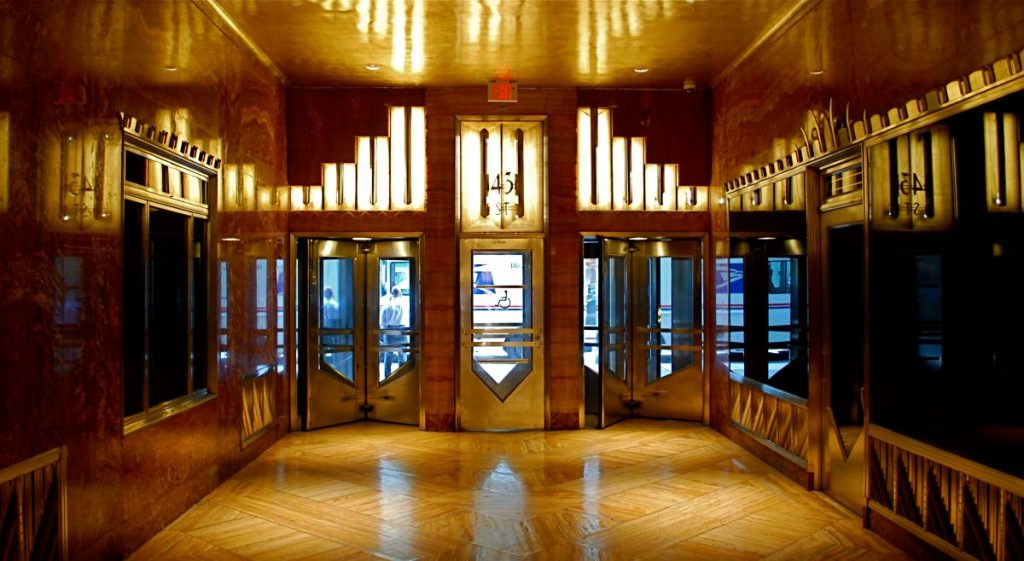
The outbreak of World War II bought design to a sudden halt, bringing Art Deco to an end. While this style did re-emerge during the 1960s, the modernist movement had taken itself into a different direction – bringing us the era of Mid-Century Modern.
Post War: Mid-Century Modern Furniture
In similar nature to Art Deco, Mid-Century was a period marked by post-war optimism and technological advancements. However, this time it took a turn towards a more simplistic and natural aesthetic.
Mid-Century design was largely influenced by both the innovation and functionality of the Bauhaus movement and the natural simplicity of Scandinavian furniture. The connection to nature and fusing it with interiors was a key part of the Mid-Century design. It was during this period that architects began incorporating large floor to ceiling windows and open plan living as a way to seamlessly blend spaces with the surrounding environment.
This also remains apparent in the design of this eras furniture. Timbers were used to incorporate warm and earthy tones, such as teak, walnut, and rosewood, and the minimalistic designs allowed for the natural beauty of these timbers to be shown off. Craftsmanship, high-quality materials, and functionality were all important aspects of Mid-Century furniture.
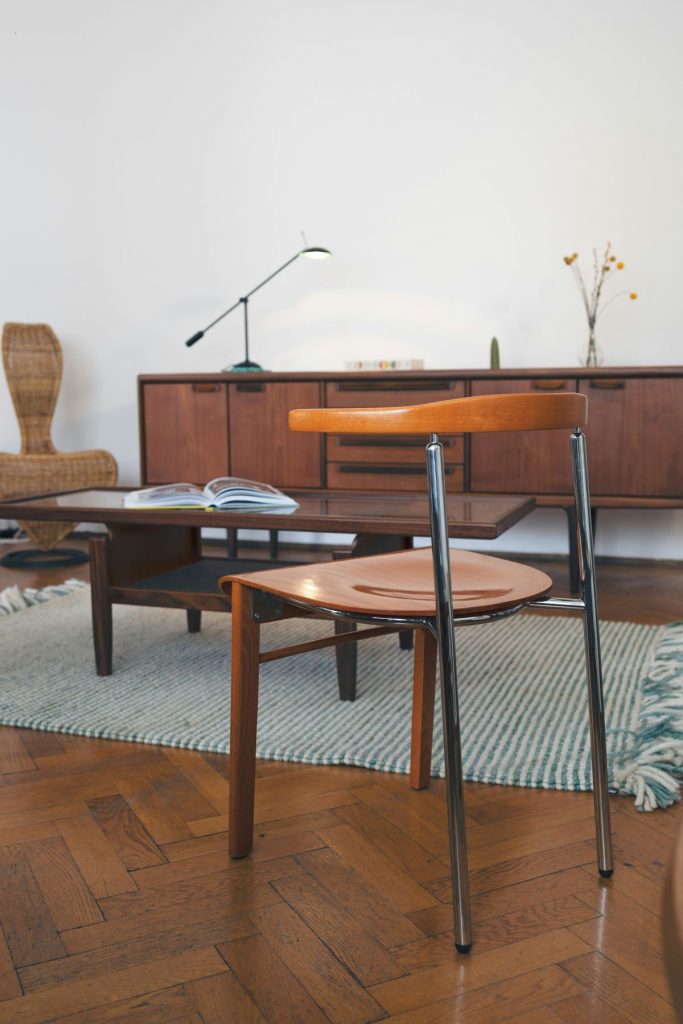
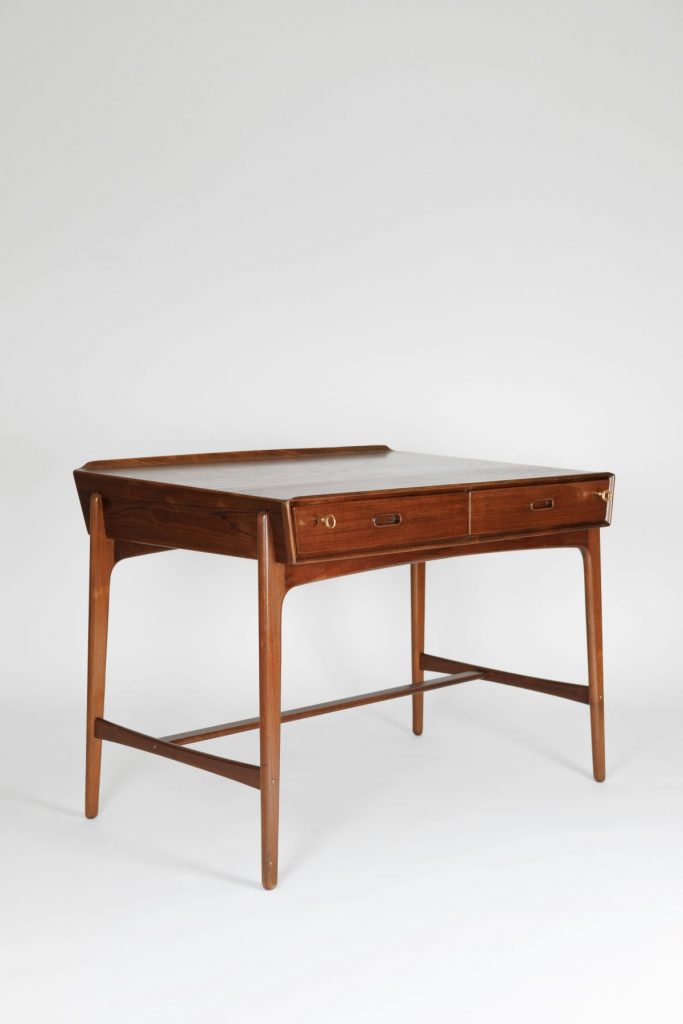
Iconic Furniture of the Mid-Century Era
The Noguchi Coffee Table was a significant piece of this era, famed for its organic and simple form. Designed by Isamu Noguchi in 1944 for Herman Miller, this iconic coffee table blended sculpture with functionality. It consists of a 22mm thick glass top placed upon a solid wooden base appearing as two interlocking frames perfectly balanced. Initially, the bases were made in either walnut, birch, or cherry. The originals of this table remain to be highly sought after today.
While Noguchi continued to design all kinds of furniture, he stated that this coffee table was his only true success. This coffee table remains to be a signature piece of the Mid-Century era.
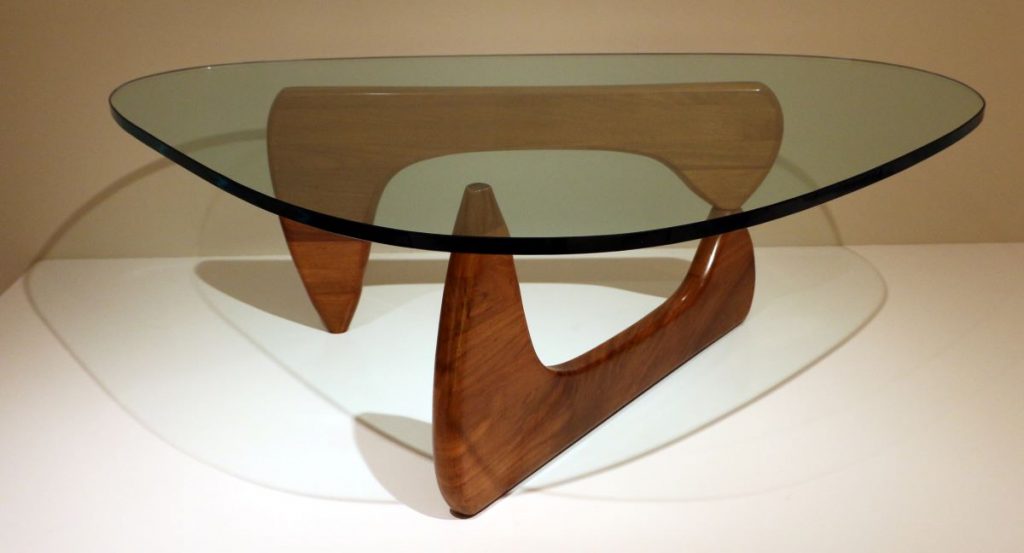
Other notable pieces reminiscence of this mid-century modern era includes the Eames chair by Charles and Ray Eames, Knolls’ sofa by Florence Knolls, and a vast range of furniture manufactured by G-Plan – a British company that suddenly grew in popularity throughout the 50s, known for their iconic mid-century teak furniture.
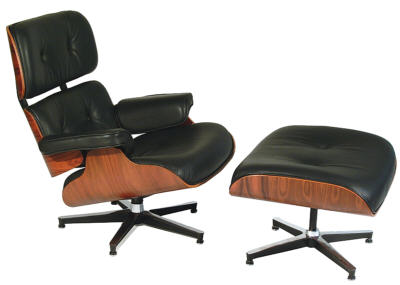
Overall mid-century modern had a nature-led and futuristic appearance. Due to its perfect blend of simplistic modernism with organic and natural influences, it will continue to be a timeless design that can be easily incorporated into all kinds of interiors.
Post-Modernism
As we neared the end of the 20th century, lines between different eras became blurred. However, though not for everyone, there was a distinct period of postmodernism that emerged during the 1970s. Bold and eclectic, this movement was about embracing expression and pushing the limits of conventionality. By adopting a playful approach to design, formality was replaced with saturated colours, nature was replaced with artificiality, and sophistication was replaced with visual statements.
Postmodernists rejected the idea of “less is more”, and by merging the history of design with exaggerated innovation, they created a new style expressed through vivid contrasts, illusionary patterns and atypical forms.
Some iconic pieces of this era have re-emerged in the trends of design today. These include Philippe Starcks’ “Ghost Chair” and Ettore Sottsass’ “Ultrafragola Mirror”.
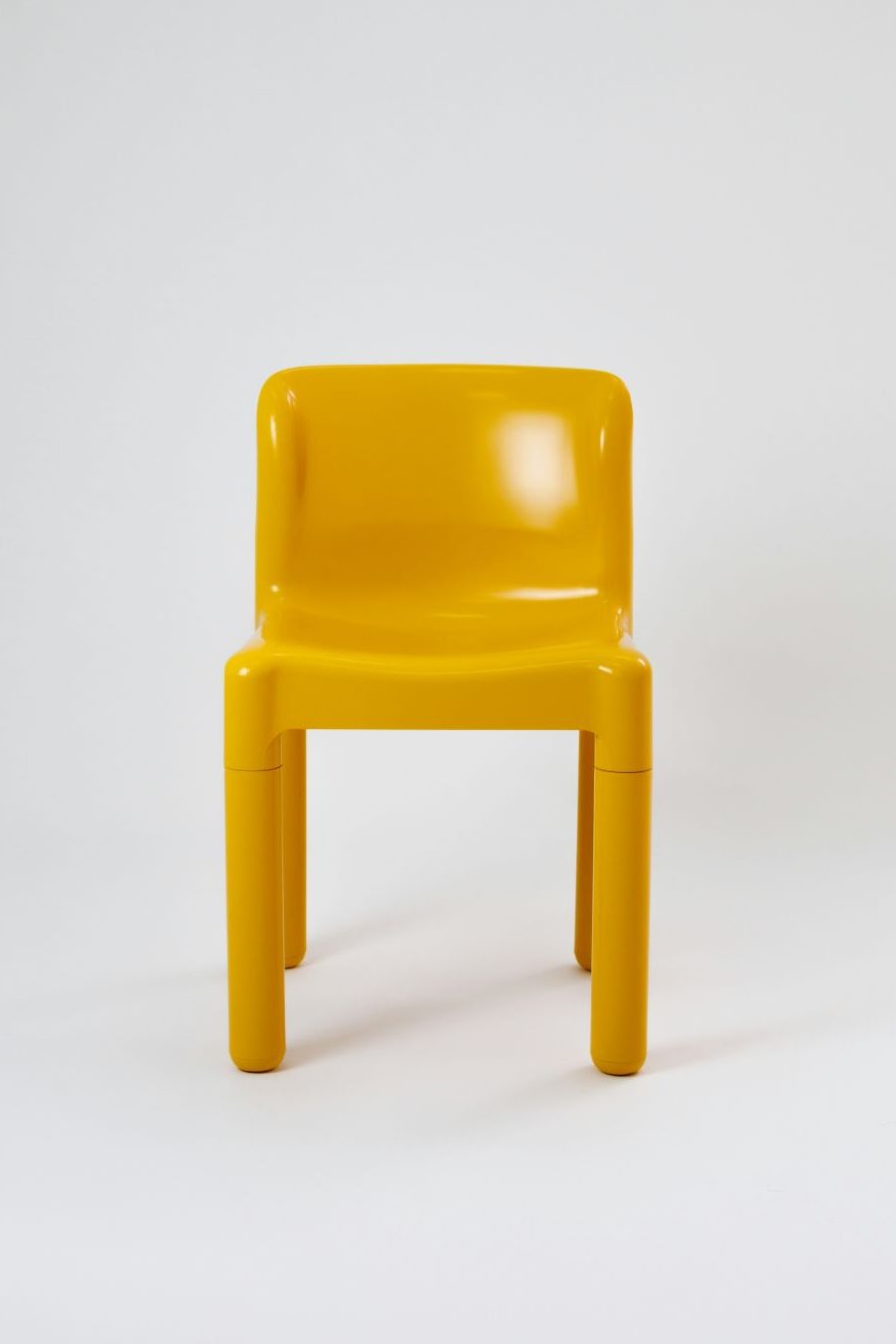
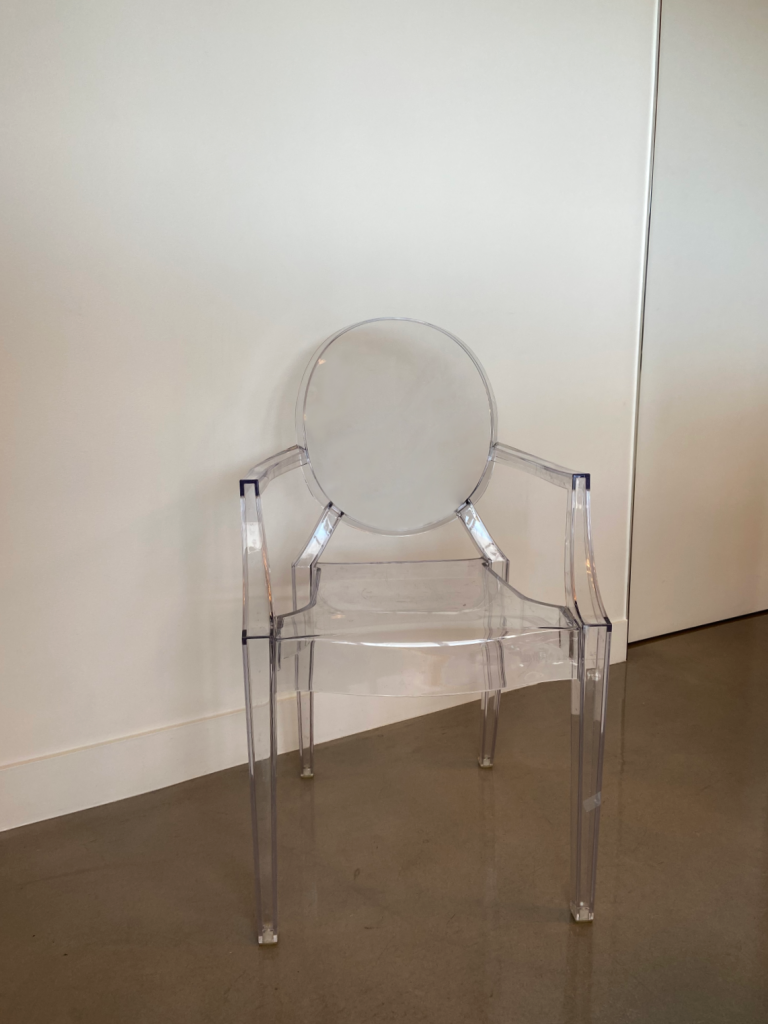
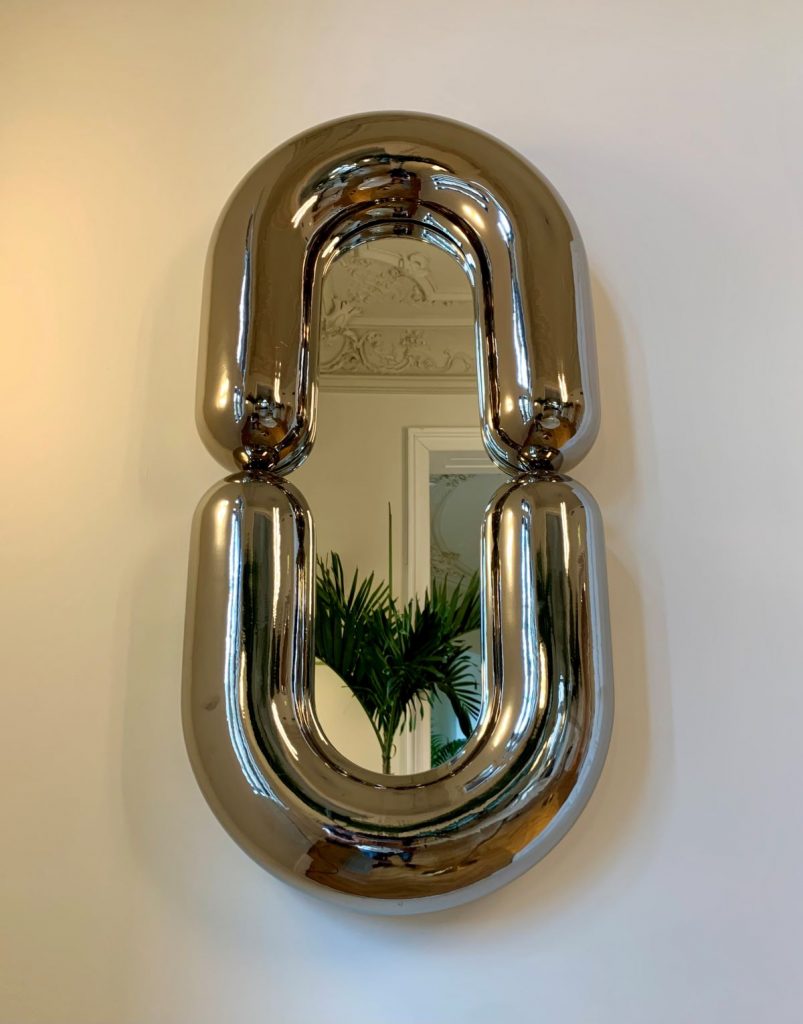
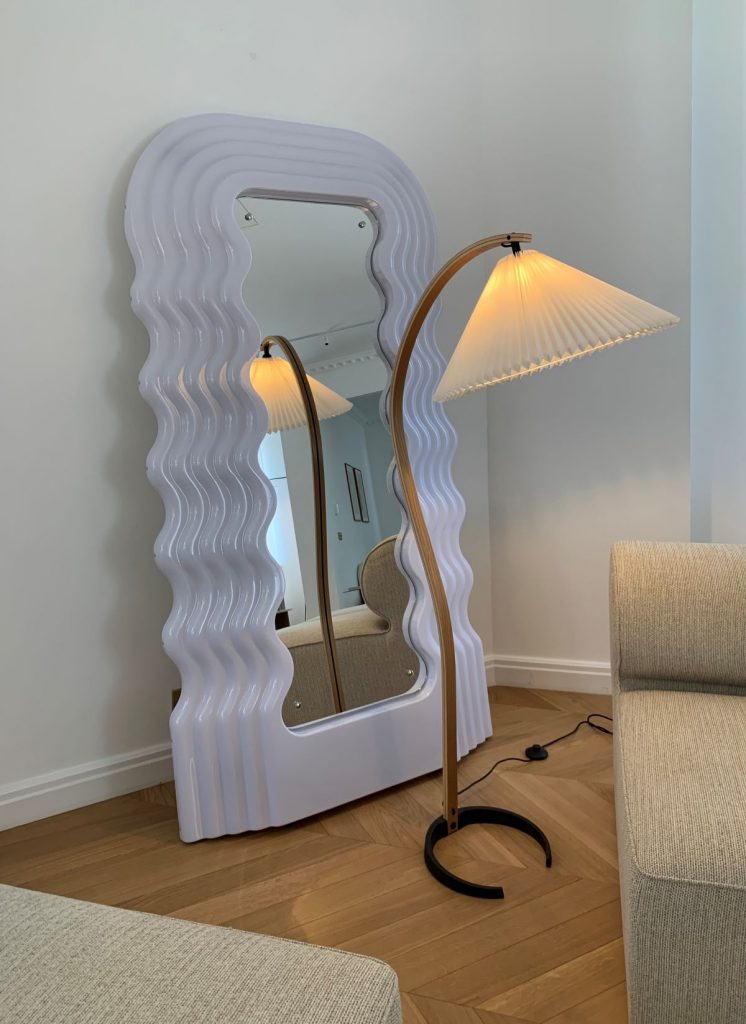
Modern Furniture Today
Today, modern furniture has expanded into a vast blend of styles. With media being so easily accessible, people are exposed to various design styles, both current and historical. This enables each person to develop their own personal taste, whether it be an individual era or a fusion of the past. Trends loop in cycles and the future often consists of re-emerging movements combined with new ideas, technological advancements, and environmental changes.
While we have seen in recent years the revival of specific styles, such as Mid-Century Modern and Art Deco, often they are incorporated into other periods. Rather than sticking to a singular era, these styles are instead being used as influences to build personal expression.
With bespoke furniture we are able to mirror exactly what it is that an individual wants. We can blend eras and incorporate innovative ideas to create something entirely unique to you. Below are examples of some bespoke furniture that we have handmade in the past, each reminiscent of 20th century modernist movements.
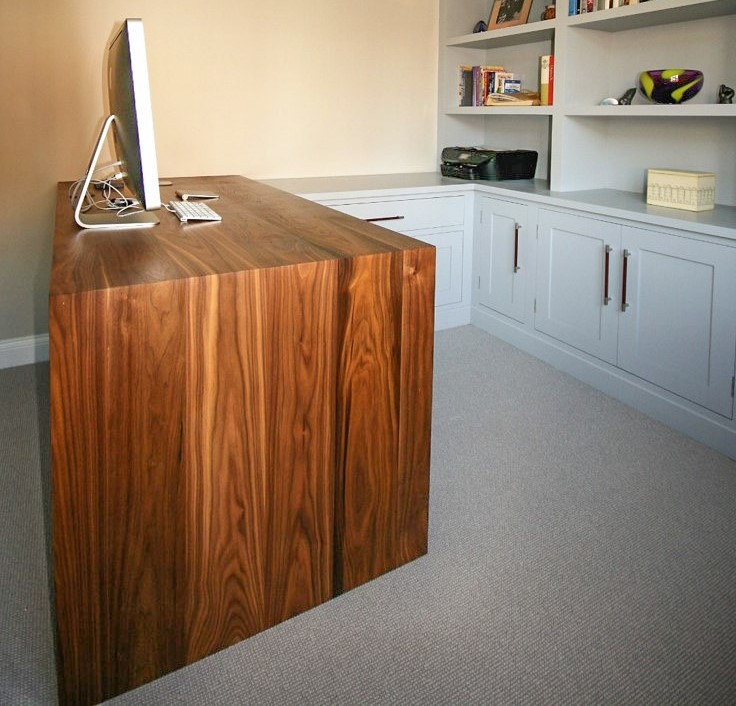
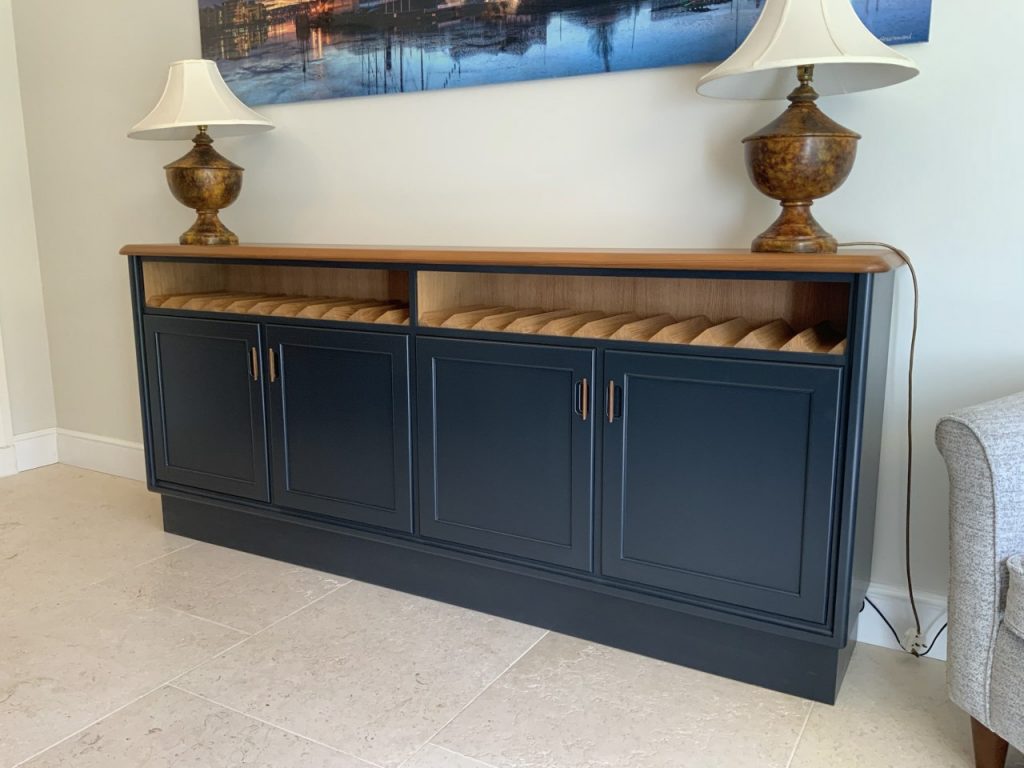
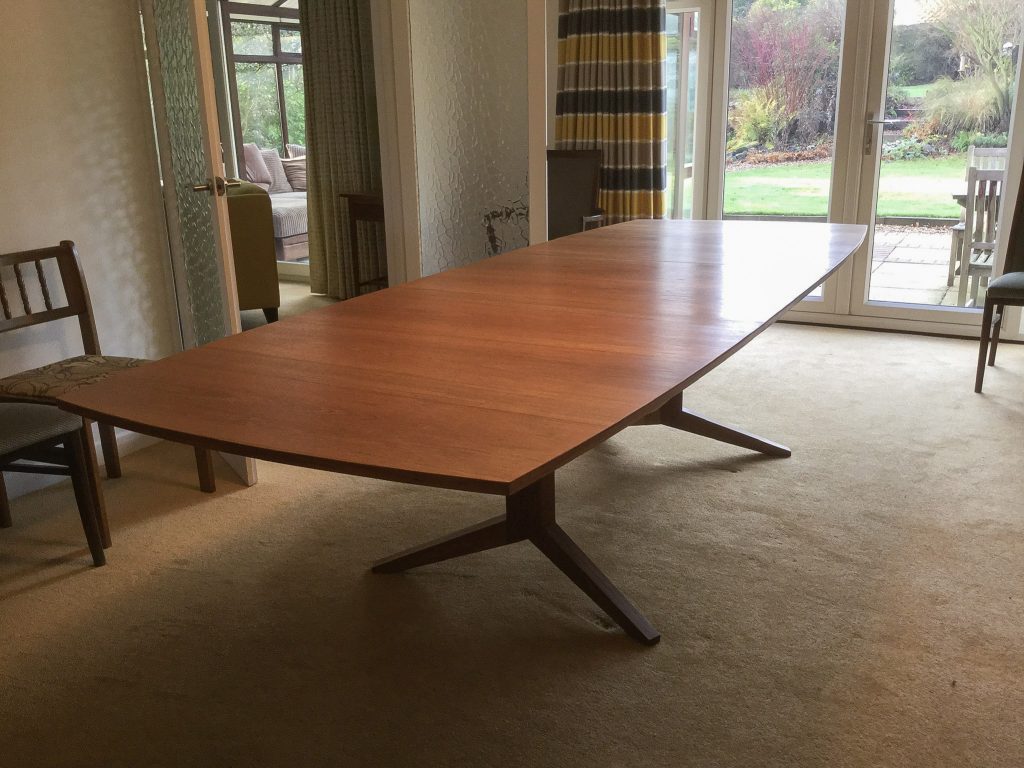
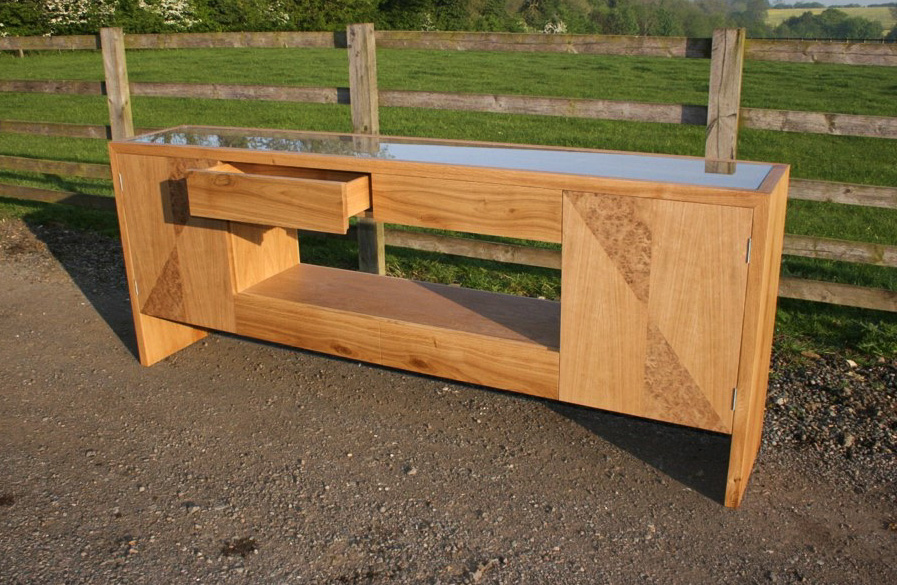
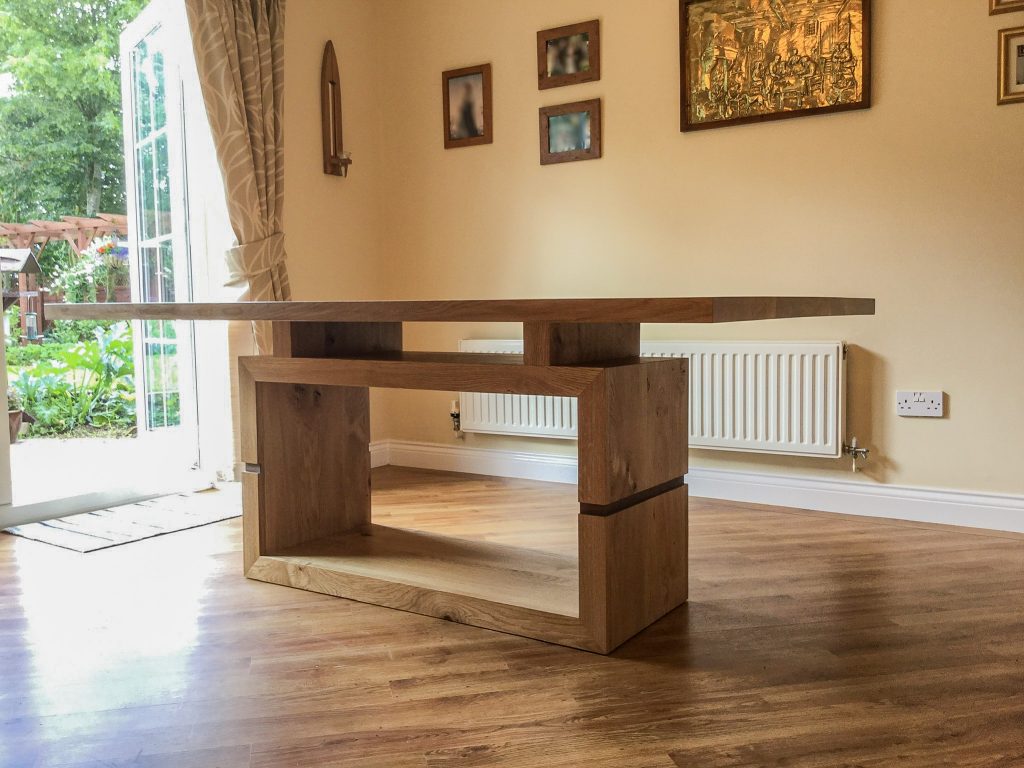

Salcey Cabinet Makers
Salcey Cabinet Makers are makers of beautiful bespoke kitchens and furniture. We propose a full bespoke service to any requirement, from hand drawn designs to final installation. No awkward spaces, uneven walls, low ceilings, or any feature is a problem for the expertise of our Cabinet Makers.
For frequent updates and insights into recent projects you can also find us on both Instagram and Facebook.
For an obligation free proposal please email zena@salceycabinetmakers.co.uk
Latest posts
- 2025- Bespoke Kitchen and Furniture Overview
- The History of Cabinet Making
- 2024 – Bespoke Kitchen & Furniture Overview
- Our Feature in the Listed Heritage Magazine
- Why You Should Have a Bespoke Bathroom
- The Benefits of a Kitchen Island
- Timeless Kitchen Trends
- How The Arts & Crafts Movement Inspired Furniture Design
© 2026 Salcey Cabinet Makers | Created by Rak Design